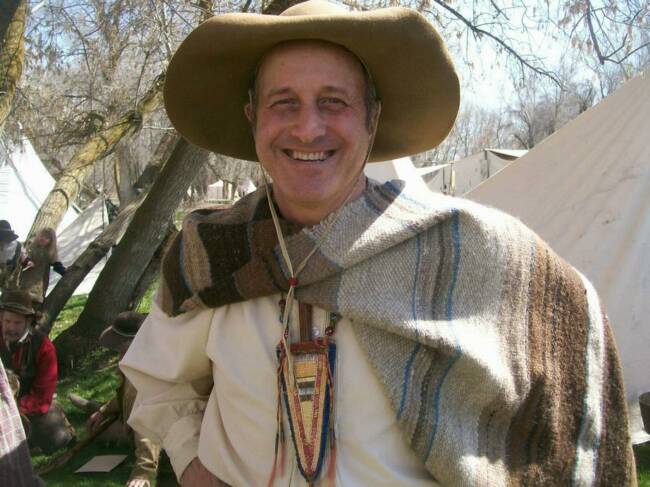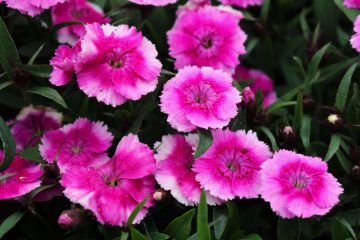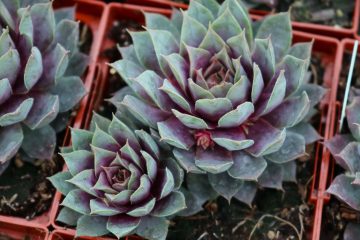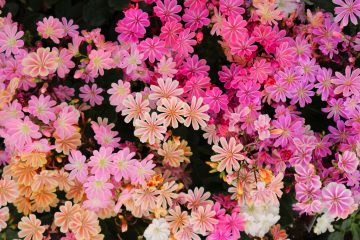
From The Desk Of Bill Varga
Bitterroot, a Western Native edible tap rooted plant. It was sampled as food by Lewis and Clark on their ‘Voyage of Discovery’ 1803-1805, through the Rocky Mountains to the Pacific Ocean, hence the common name. The Lewis collection ended up in the hands and then quite possibly his closet, of one Dr. Benjamin Smith Barton. They stayed put from November 1805 to 1807. President Thomas Jefferson, quite impatient to have plants identified, asked nurseryman Bernard McMahon to have his employee, gardener-botanist, Frederic Pursh, get on with it! It was at this time, quite possibly, some of the collected, now dried, roots of the Bitterroot, were planted in McMahon’s garden. Low and behold, the plant grew and blossomed some years later in England. Pursh, looking into naming this plant, honored Lewis with the genus name Lewisia and the species Rediviva (re-born) after the events some years previous in McMahon’s garden. Perennial Favorites offers a cousin, Lewisia Cotyledon, the Siskiyou Bitterroot, in our spring listings. It favors a well-drained location or situate it between rocks to obtain optimal plant performance. It blooms in spring, but after deadheading, it may re-bloom. Several years ago mine re-bloomed three times throughout the summer. Who needs skill when you got luck is what I say to that, and Good Luck! Apply some basic horticultural skills like deadheading for 2021. Maybe it isn’t just luck?
Riddles:
What Irish rock is as light as a feather? A Shamrock
Why can’t you iron a 4-leaf clover? Because you shouldn’t press your luck
How many gold coins can a leprechaun fit in an empty pot? None, because then it wouldn’t be empty
When does a potato stop being Irish? When it’s a French fry.
Did you know that Irish ‘Whiskey’ and Scotch ‘Whisky’ are spelled different? Scotch Whisky is made from malted barley and generally has a fully, heavier taste. Irish Whiskey comes from unmalted barley and is known for its smooth flavor and hints of vanilla.



0 Comments